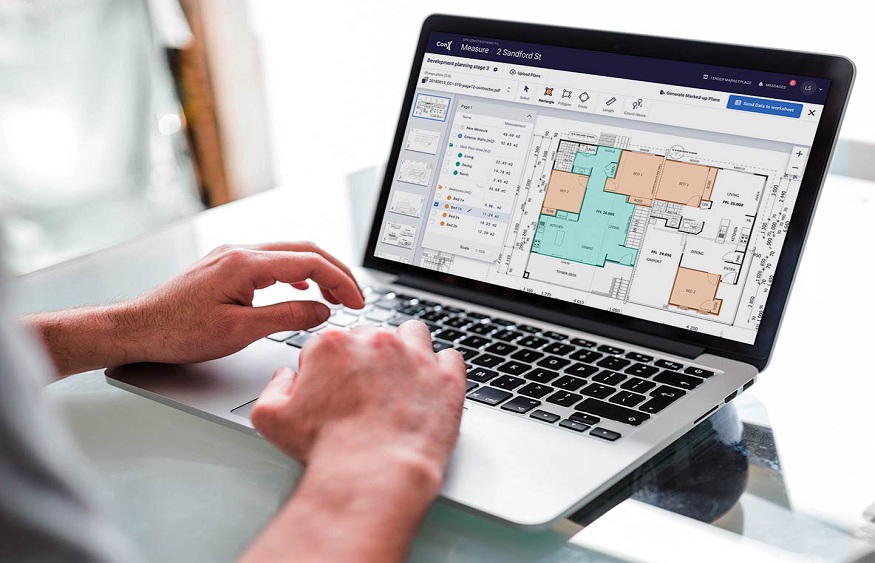A Bill of Materials (BOM) is a comprehensive and structured list of all the components, raw materials, parts, sub-assemblies, and assemblies required to build a product or system. It acts as a central reference document for manufacturers, engineers, designers, and procurement teams involved in the production process. The BOM provides essential information about each item, such as part names, descriptions, quantities, and, in some cases, cost and sourcing details.
The purpose of a BOM is to ensure accuracy, consistency, and efficiency throughout the manufacturing or assembly process. It serves as the foundation for various important activities, including product planning, cost estimation, inventory management, and production scheduling.
Key components of a Bill of Materials
Item Information: The BOM lists each component or part needed to construct the final product. It includes detailed information about each item, such as part numbers, descriptions, and specifications. This information helps avoid confusion or ambiguity when sourcing or assembling parts.
Quantity: The BOM specifies the required quantity of each component to build a single unit of the final product. Quantities may vary for different versions or configurations of the product. Accurate quantity information is crucial for efficient production planning and inventory management.
Hierarchical Structure: BOMs often have a hierarchical structure, representing the relationships between different components. Sub-assemblies may be listed within higher-level assemblies, reflecting how the final product is constructed. This hierarchy facilitates better understanding and visualisation of the product’s assembly process.
Indented BOM: An indented BOM shows the hierarchical structure through indentation, making it easier to grasp the relationships between parts. Each level of the hierarchy is indented to visually distinguish parent assemblies from their sub-assemblies and individual components.
Types of BOMs
Engineering BOM (EBOM): The EBOM is typically the first version of the BOM created during the product design phase. It includes all the necessary components and materials required to meet the product’s design specifications. The EBOM is used as a reference by design and engineering teams to ensure that the product is designed correctly and that all components are accounted for.
Manufacturing BOM (MBOM): The MBOM is created once the product design is finalised and ready for production. It may include additional information like manufacturing processes, work instructions, and specific packaging details. The MBOM is essential for production teams, as it guides them through the assembly process.
Service BOM (SBOM): The SBOM provides a list of components and parts required for product maintenance, repairs, or replacements. It helps service technicians identify and procure the necessary items when addressing issues reported by customers.
Importance of a Bill of Materials
- The BOM allows manufacturers to estimate the cost of production accurately. By knowing the quantity and cost of each component, businesses can determine the total manufacturing cost and set appropriate pricing for the final product.
- A detailed BOM enables efficient inventory management. Manufacturers can identify the quantities of each component required, plan for procurement, and avoid stockouts or overstocking.
- Provides a clear roadmap for the assembly process, streamlining production planning and scheduling. It helps allocate resources efficiently and ensures a smooth flow of production.
- Promotes collaboration between different teams involved in the product’s lifecycle. Designers, engineers, procurement specialists, and production personnel can all refer to the same BOM, fostering effective communication and reducing the chances of errors.
- For products with multiple variants or configurations, the BOM helps manage the specific components needed for each version. This simplifies customisation and ensures the correct components are used for each product variant.
- In industries with stringent regulatory requirements, the BOM aids in ensuring compliance by tracking and documenting all components, especially those with specific standards or certifications.
Accurate BOMs lead to efficient resource management, cost estimation, and production planning, ultimately contributing to the success of the product and the organisation as a whole. Discover an advanced Bill of Materials software that enhances your ability to predict manufacturing components, production schedules, and sales projections.




